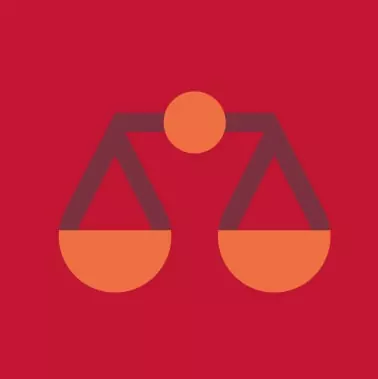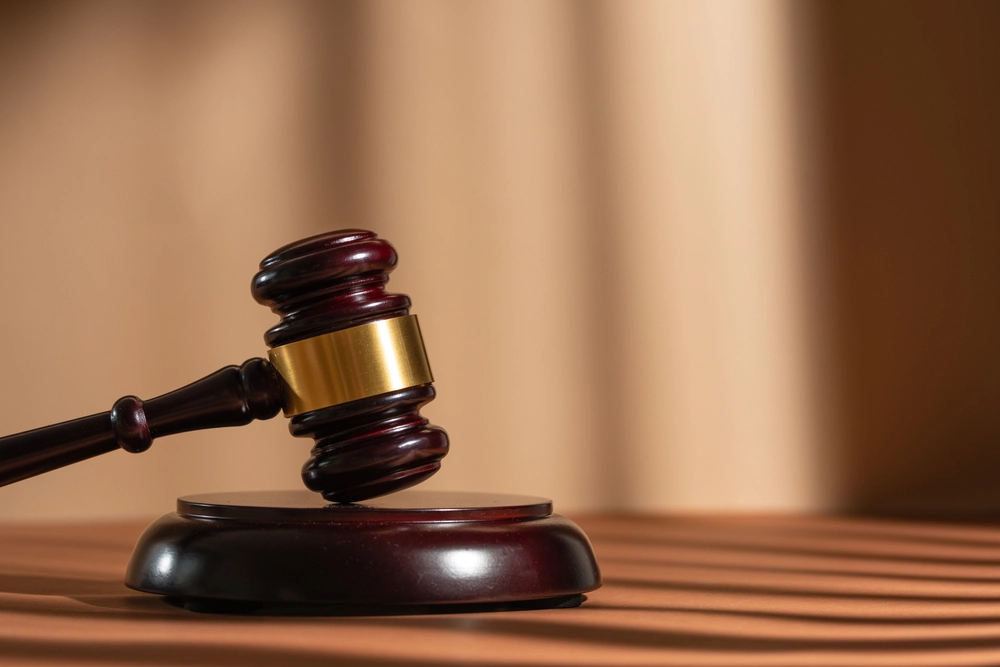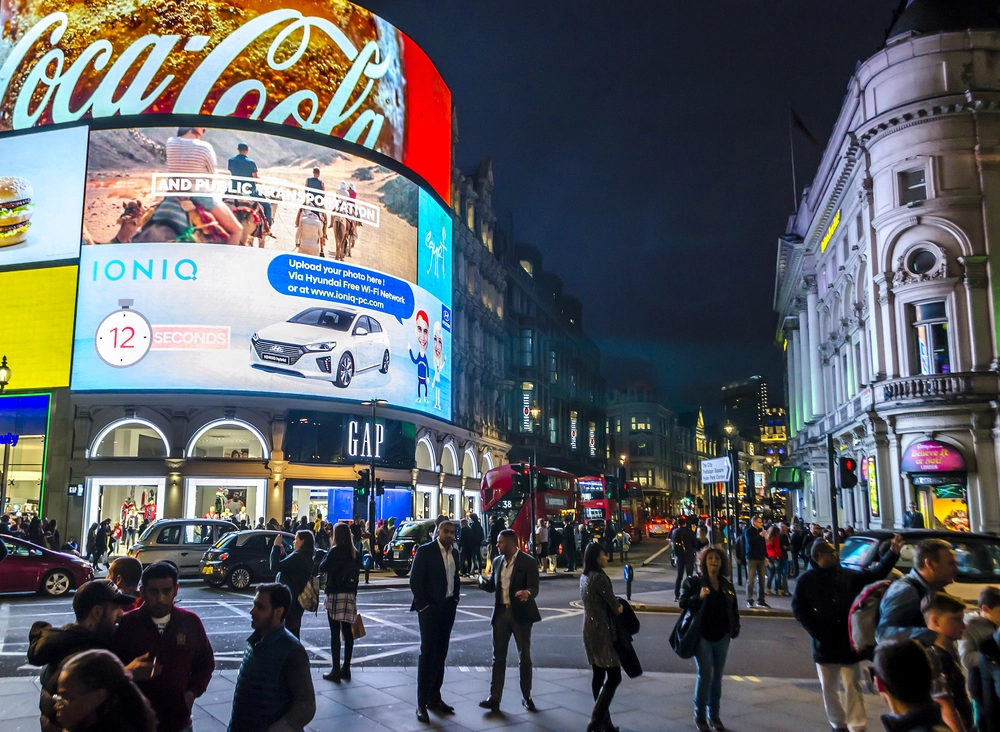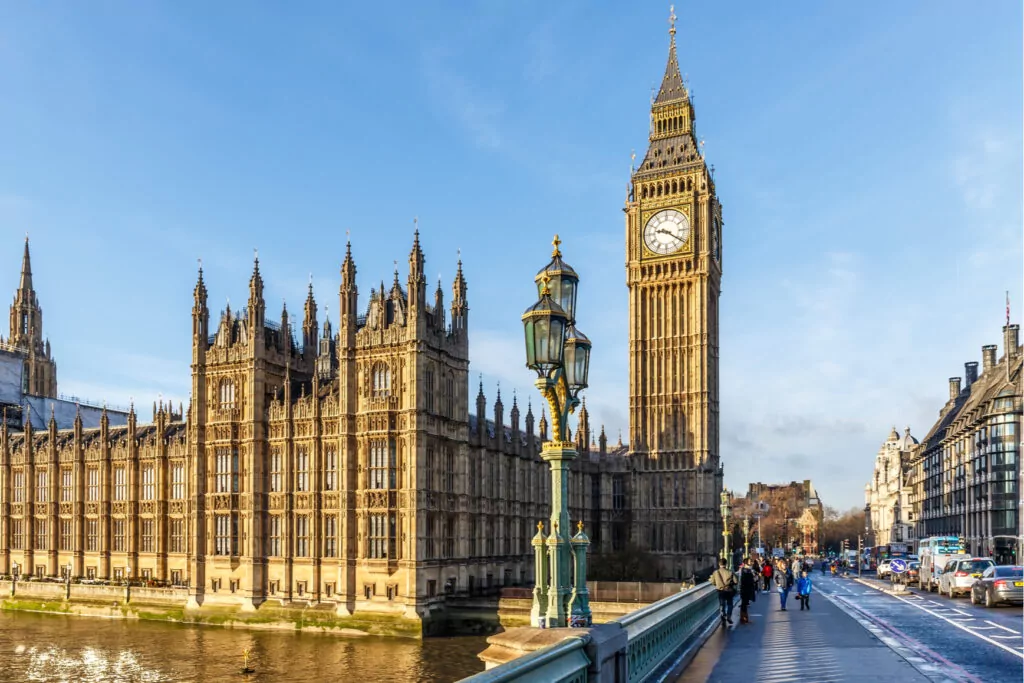

In a surprising decision by the UK Intellectual Property Office, the trade mark application for "Cheap Dream" covering clothing was not found to be confusingly similar to "DREAMS" for the same goods.
This case highlights the importance of submitting evidence of reputation as it is likely to make a big difference in finding a likelihood of confusion due to the trade mark enjoying broader rights.
One of the factors considered by the UK IPO when deciding if two trade marks are confusingly similar is the distinctiveness of the earlier right, which can be inherently distinctive by virtue of the mark not having any meaning in relation to the relevant goods or services, or distinctive through use because the mark enjoys a reputation in the UK.
The case
Robert Walker ("Applicant") applied to register the trade mark, Cheap Dream, in class 25 for clothing, footwear and headgear ("Application"). The Application was opposed by KTS Group Limited ("Opponent") based on section 5(2)(b) of the Trade Marks Act 1994 and its trade mark registration for DREAMS in class 25 for articles of clothing, swimwear, footwear and headgear ("Earlier Mark").
An opposition under s.5(2)(b) will succeed where there is an earlier identical or similar trade mark covering identical or similar goods and services and a likelihood of direct or indirect confusion exists. The likelihood of confusion is considered globally, taking into consideration various factors including the identity and similarity of the marks and goods/services and the distinctiveness of the earlier mark.
The hearing officer found the following:
- The average consumer for the relevant goods would be a general member of the public who would pay an average level of attention in the purchasing process. The purchasing process for such goods would be based on aesthetics and functionality and therefore be a primarily visual process.
- The overall impression of Cheap Dream would be understood to be the word "Cheap" qualifying the subsequent word "Dream", resulting in the words hanging together as a unit. The two sets of marks were found to be visually and aurally similar to a medium degree. With regards to conceptual similarity, the word "Dream" itself was found to be somewhat elusive with some consumers immediately thinking of daydreams while other consumers will think of the thoughts they have while they are asleep. The addition of the word "cheap" to the Applicant's mark is more tangible and likely to be perceived as a daydream on a small scale, relating to something that comes easily at little cost or which holds less value. The hearing officer therefore found there to be no more than a medium degree of conceptual similarity.
- The goods covered by the Application were identical to the goods covered by the Earlier Mark.
- The inherent distinctiveness of the Earlier Mark is low to medium for articles of clothing relating specifically to nightwear and inherently distinctive to a medium degree for non-nightwear related articles of clothing, i.e. swimwear, footwear and headgear.
- There was no likelihood of direct confusion as the average consumer would notice the differences between the marks. Indirect confusion was also considered, this being when consumers would recognise the marks as different but assume that the goods originate from the same or connected undertakings. The hearing officer found that the common word element "Dream" was not so strikingly distinctive that only one undertaking would use it in a trade mark and although the Applicant's mark may bring to mind the Earlier Mark, or vice-versa, "Cheap Dreams" is not a logical brand extension of the mark "Dreams". Therefore, the opposition failed.
Whilst this seems a surprising result, it does highlight the importance of filing evidence of use to support the ground of opposition where possible. In this case, it is unclear if any such evidence was available, but it should have been included if it was available.
Charlene Nelson, Chartered Trade Mark Attorney, commented: "This case highlights that it is best to file evidence to demonstrate an enhanced distinctiveness/reputation through use and I wonder if such evidence were submitted (if available), would the same conclusion have been reached. I doubt it."












